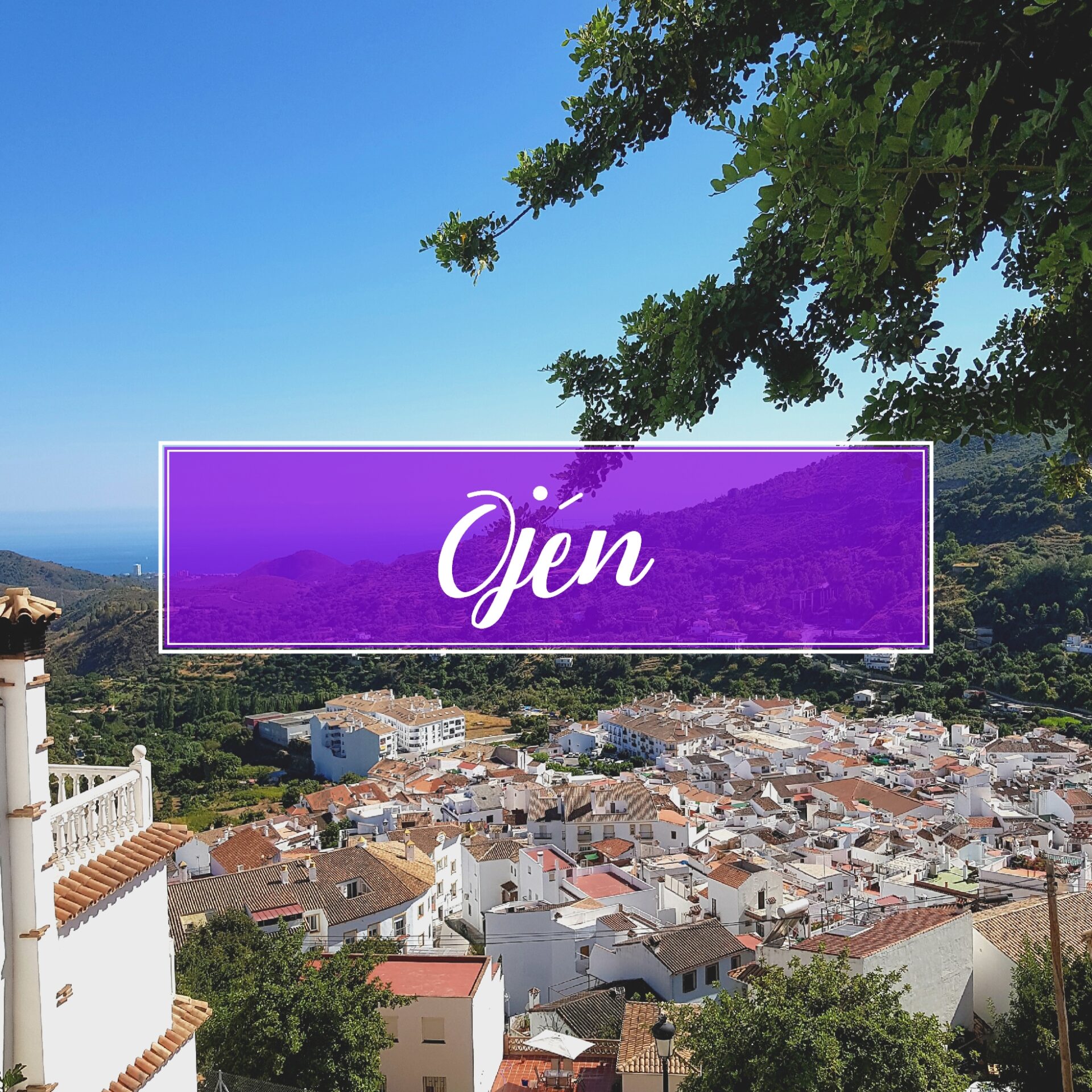White town that watches over the coast of Marbella from the mountain, where a walk through the caves and a glass of aguardiente are tradition.
Where is Ojén located
Ojén is located 56km from Malaga capital with a population of 3.702 inhabitants. The municipal term has a dimension of almost 85,92Km square
Origin of the name Ojén
The town’s name comes from the Arabic “Joxán” which means rough and hard.
Monuments and places of interest in Ojén
- The church of Our Lady of the Incarnation: The current temple was built in 1505 by order of the Archbishop of Seville on an old mosque from which you can still see the bell tower that was the old minaret of said mosque. In the 16th century after the rebellion of the Moors, the church was rebuilt by Bishop Francisco Blanco. Inside the temple is the image of San Dionisio de Areopagita, patron of the town.
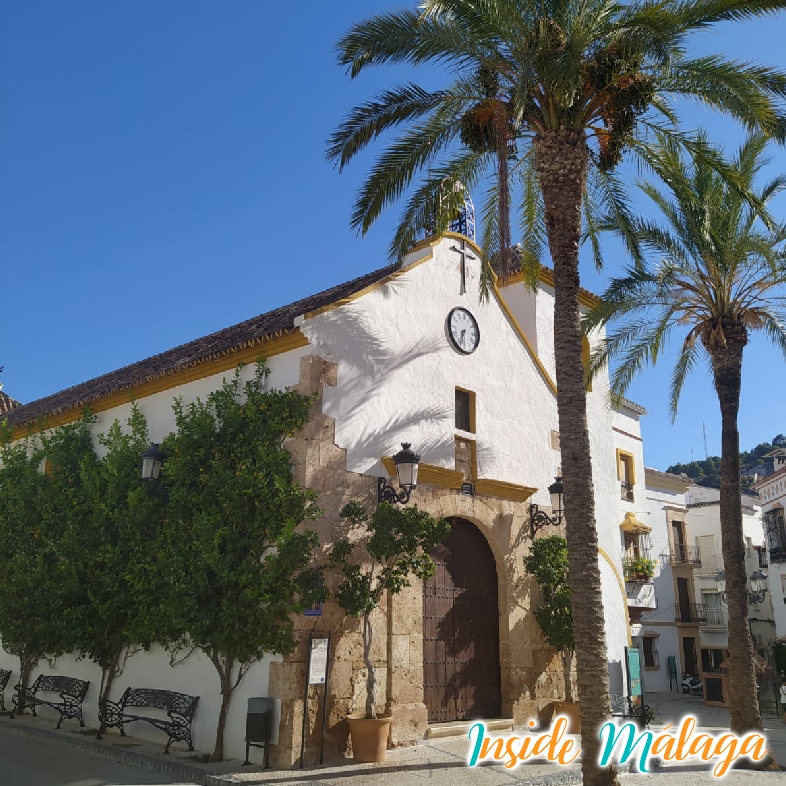
- Fountain “De los Chorros”: The five-pipe fountain was built in 1905 by Pedro Sánchez. This source was a great sustenance for the town where the neighbors came to get water with pots and jars. The remaining water from the source is conducted through ditches to irrigate the orchards and fields of the town.
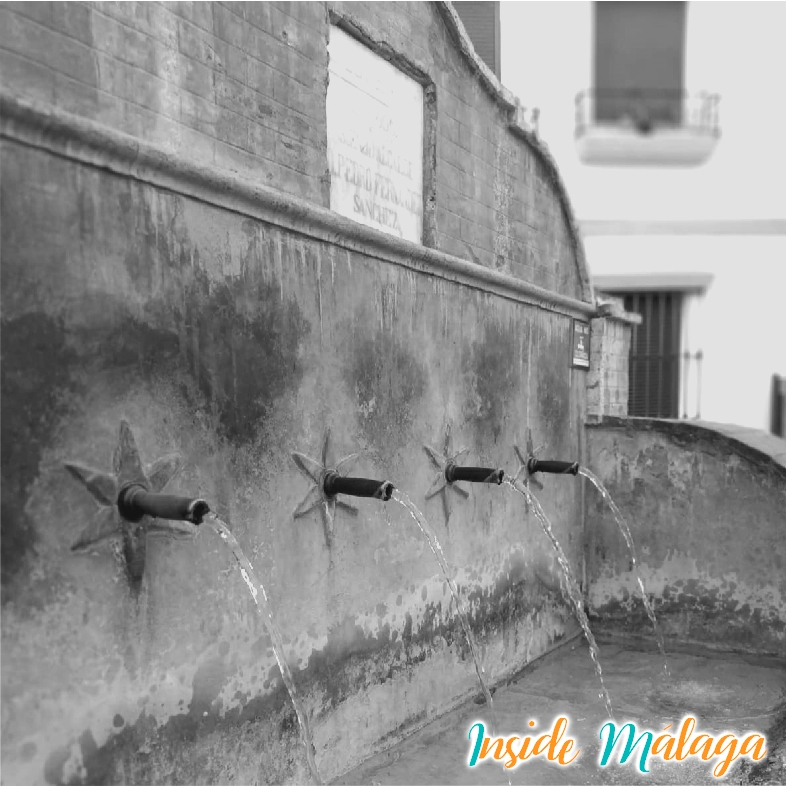
- Oil Mill Museum
- Aguardiente Museum
- The Eras
- The Ojén caves
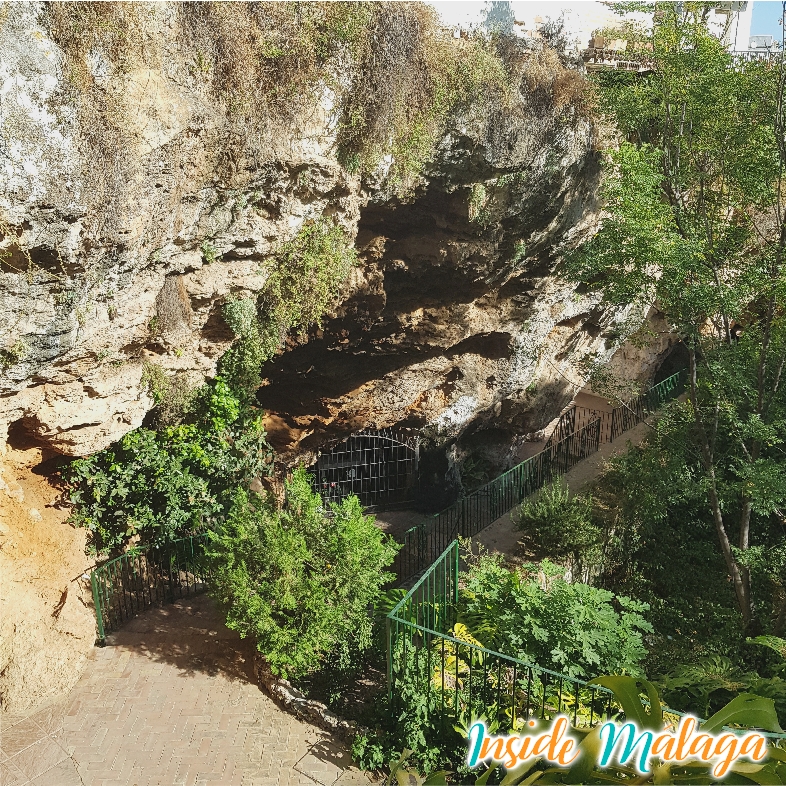
- Columna Cave
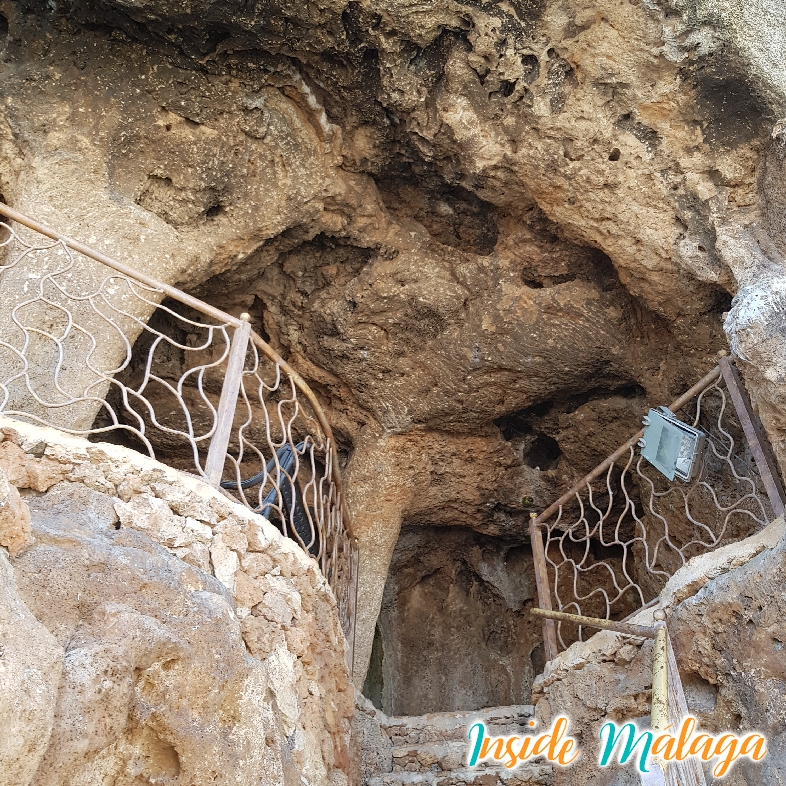
History of Ojén
Neanderthal presence has been found in the Middle Paleolithic, and there are other Neolithic settlements in the Pecho Redondo Cave. On presence in Roman times no writings have been found, although it is believed that there could have been a human presence.
In 711 the Arab denomination begins where a population nucleus is observed in the Ojén area, through the remains of the Castle and the use of water for agriculture similar to the ditches in Istán.
The first time that Ojén is cited is in the “Chronicle of the exploits of Cordovan emirs.” According to the chronicle, Abderramán III initiates a battle to subdue the rebellion of the Mozarabs (Christians who lived in the Muslim lands) and the Muladíes from Malaga. It is known that one of the battles between the rebels and the army was in front of the walls of the Castillo de Ojén. The uprising of the Mozarabs caused the existence of an ephemeral reign with capital in Bobastro; in 921 Abderramán liberated Ojén and his church was converted into a mosque.
In 1485 Fernando el Católico definitively reconquered the town. Ojén depended on Marbella that had also been reconquered that year, where the kings did not allow the presence of Muslims less than a league from the coast to avoid their collaboration with the Turkish pirates and the Berbers. and many inhabitants of Marbella settle in Ojén
Ojén becomes a “council” and the demarcation of the term is made. Ojén depends on Marbella, which appoints a regidor with civil and criminal jurisdiction. There were then in Ojén 114 neighbors, four of them old Christians. In 1505, by order of the Archbishop of Seville, Diego de Deza, the canonical erection of the current parish of Our Lady of the Incarnation was made. In 1568, during the reign of Felipe II, the rebellion of the Moors of Istán took place, and in 1569 the Moors of Ojén joined them, fleeing with their families and belongings to the nearby mountains leaving the lands after killing their neighbors. old Christians and burn down the church, houses and crops. Felipe II appoints the Duke of Medina Sidonia and the Duke of Arcos to pacify the Serranía de Ronda and end the rebellion.
In 1570 the war ended and Ojén was repopulated by old Christians. In 1609, the Moors were definitively expelled from the region by King Felipe III.
In 1807, Ojén became independent from Marbella.
In 1905 Pedro Fernández ordered the Fuente de los Chorros to be built, which was restored in 2006 by Enrique Salvo Rabasco and his team of restaurateurs.
In 1906, the Marquis of Larios built the Palacio de Juanar as a hunting lodge, where King Alfonso XIII was once invited. The Palacio de Juanar was enabled as a “National Parador” in 1965 and since 1984 it has been operated by a cooperative of workers in Ojén.
For more information about Ojén Village: visit the City Council page
